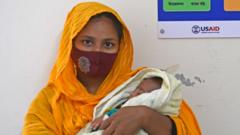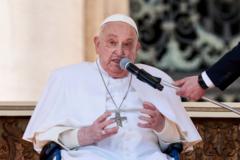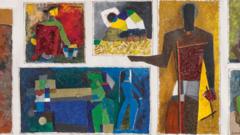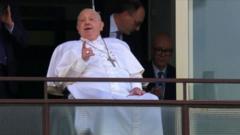Indian doctors successfully performed a complex two-stage surgery on a teenager to remove his 'parasitic' twin, which had severely impacted his life. This rare procedure opens up new possibilities for the young boy's future and showcases the challenges faced by medical professionals in such unique cases.
Unusual Surgery in India: Removal of Teen's 'Parasitic' Twin Offers New Hope
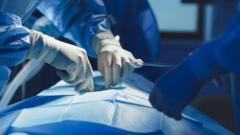
Unusual Surgery in India: Removal of Teen's 'Parasitic' Twin Offers New Hope
A 17-year-old in Delhi undergoes rare surgery to remove a parasitic twin, improving his quality of life.
In a remarkable medical feat, surgeons in Delhi, India, have successfully conducted a rare and life-altering operation on a 17-year-old boy to remove a 'parasitic' twin that was uniquely attached to his abdomen. Parasitic twins, which are severely underdeveloped conjoined twins, depend completely on their host twin for sustenance and development—a phenomenon observed in less than one out of every 100,000 births worldwide.
The teenage patient had an unusual condition where a fully developed set of limbs and a pelvis was supported by a chest artery and protruded from his abdomen. The surgery, which spanned over two hours at the renowned All India Institute of Medical Sciences (AIIMS), was led by Dr. Asuri Krishna and his team of specialists, making it particularly challenging due to the patient's age and the complexities involved.
Dr. Krishna shared that only a handful of similar cases have been documented globally, predominantly in younger children, highlighting the rarity and difficulty associated with such surgical interventions. "With limited medical literature available, our team relied on our experiences, skills, and intuition," he explained. The condition arises when one fetus partially develops while attached to another, leading to consequences that can significantly affect the host's life.
In this case, the teenager had two well-formed legs, buttocks, and external genitalia weighing approximately 15 kilograms attached to his body. Surprisingly, medical scans revealed that the parasitic twin could perceive pain, touch, and changes in temperature. The surgical team first identified the connections between the twins before proceeding with the operation. They found that the parasitic twin was attached to the patient’s breastbone and was being supplied blood from a vessel in his chest, yet had minimal connections to vital organs such as the liver and kidneys.
Despite the inherent risks associated with the procedure—particularly as the teenager's blood pressure declined during surgery due to significant blood flow to the parasitic twin—the medical team was able to stabilize him quickly. The surgery was performed in two stages: first, the removal of the parasitic twin, followed by the extraction of a cystic mass found within the abdomen. The presence of shared blood vessels, nerves, and tissues required meticulous precision, ensuring the host's organs remained unharmed.
After four days in recovery, the young boy was discharged and in good health, free from any postoperative complications. Prior to the surgery, he had faced frequent ridicule and social isolation due to his condition, which adversely affected his mental well-being and led to him discontinuing his education. The boy expressed overwhelming joy and relief post-surgery, saying, "I hope to study and get a job. A new world has opened up to me."
This extraordinary surgery not only provides relief to the teen but also serves as a testament to the skill and commitment of medical professionals faced with uniquely challenging cases in the field.

